Overwintering: Vigna caracalla
>> Tuesday, November 12, 2013 –
overwintering,
vines
Regular readers know that I love flowering vines, growing at least ten different types every year. Many of them are annuals grown from seed each year (on purpose or as volunteers), but a couple of them I like to try and overwinter as they don't produce seeds.
Vigna caracalla (corkscrew vine) is one of these. I started a couple from seeds three or four years ago, but have overwintered them as cuttings under lights every year since then. I had high hopes of getting seeds this year due to the large number of seed pods that formed, but it's not going to happen.
The fattest pods didn't get a chance to mature before sub-freezing temps killed the above-ground growth and put an end to seed production:
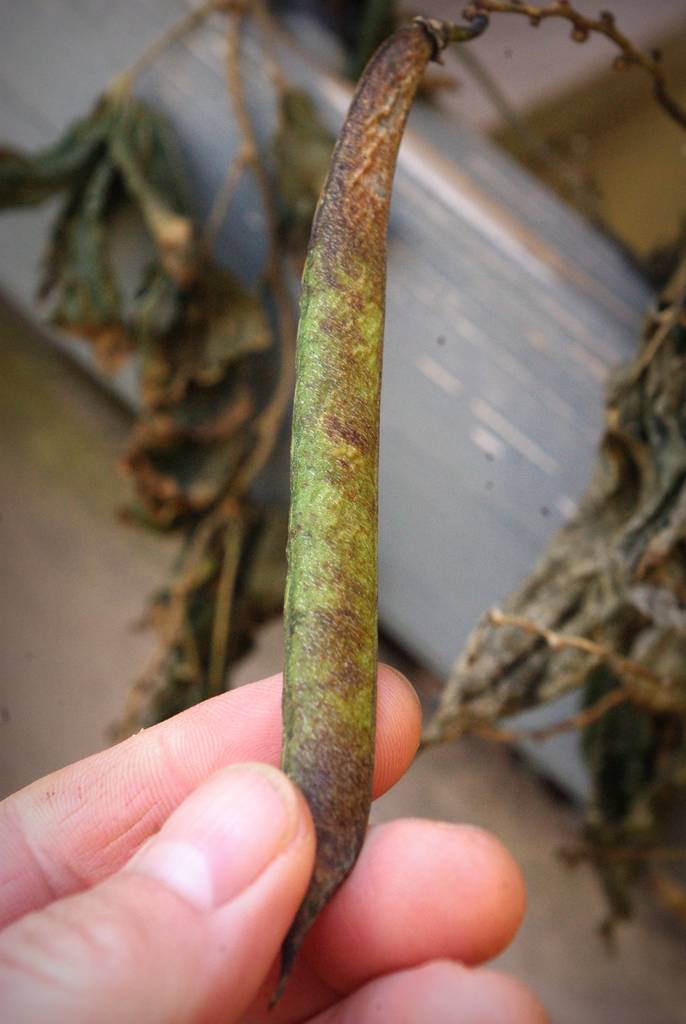 |
| The fattest seed pod doesn't look ripe |
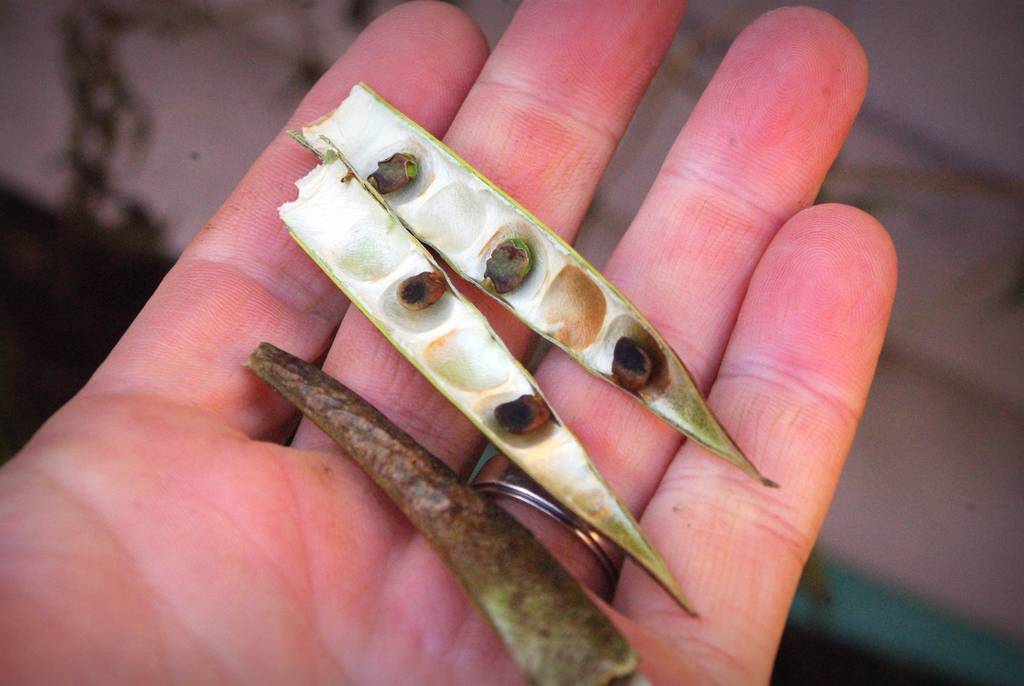 |
| And it's not -- these are not viable seeds! |
Not only did the seeds get zapped by the cold, but all of the stems got damaged too -- and I neglected to take cuttings before this happened! In previous years this plant was a bit more vigorous and there were stems under the deck that were protected from early freezes. Not this year though.
Luckily, there's almost always a Plan B for overwintering plants (or is it Plan C?) With this plant I know that a nice, tuberous root mass has formed beneath this thick stem:
I'm going to dig it up and overwinter in the garage! Since I have two of these vines, I'm going to dig the more exposed one first:
Not only do I suspect that this one will be subjected to the lower temps earlier than the other, but it's easier to dig -- that one next to the deck railing has only a narrow strip of soil and it's difficult to get the spade in there.
It was a bit harder to dig out than I expected as the roots were quite large -- but that's a good thing!
You can see that the main stem of the vine is still green, which is also a good thing.
Into a bag of damp peat it goes, where it will spend the winter. Remember that my garage gets down to about 40ºF (5ºC) at the coldest in the winter, which is perfect for dormant plants.
I've read that you should overwinter these as you would dahlia tubers, by washing, letting them dry out for a couple of weeks, inspecting, removing any rotting parts, letting those cut parts (if any) dry for a couple more weeks, and only then storing.
Who has that sort of time? I may do this with the second plant, or I may try just mulching it well and hoping for another mild winter. I've had a few zone 8 plants overwinter in-ground the last couple of years, so maybe this one will make it too.
I may also just dig it up and do experiments: separate one of the tubers and see if it will sprout under lights for instance. Maybe try to get the whole plant to sprout under lights now -- I can take cuttings from that over the course of the winter.
If there's one thing I like about the cold weather, it's that I get a chance to experiment with different overwintering techniques to try and find the easiest methods. I hate buying replacement plants each year, but I also hate having to be meticulous with complex overwintering procedures.
I'll let you know how it goes in a few weeks or months.
.


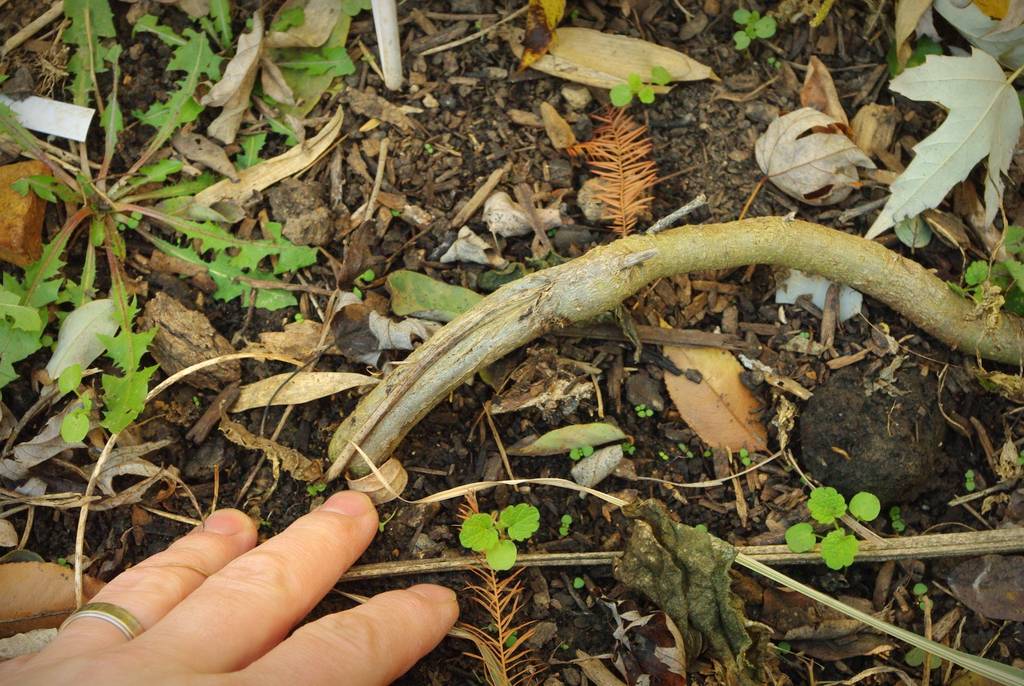
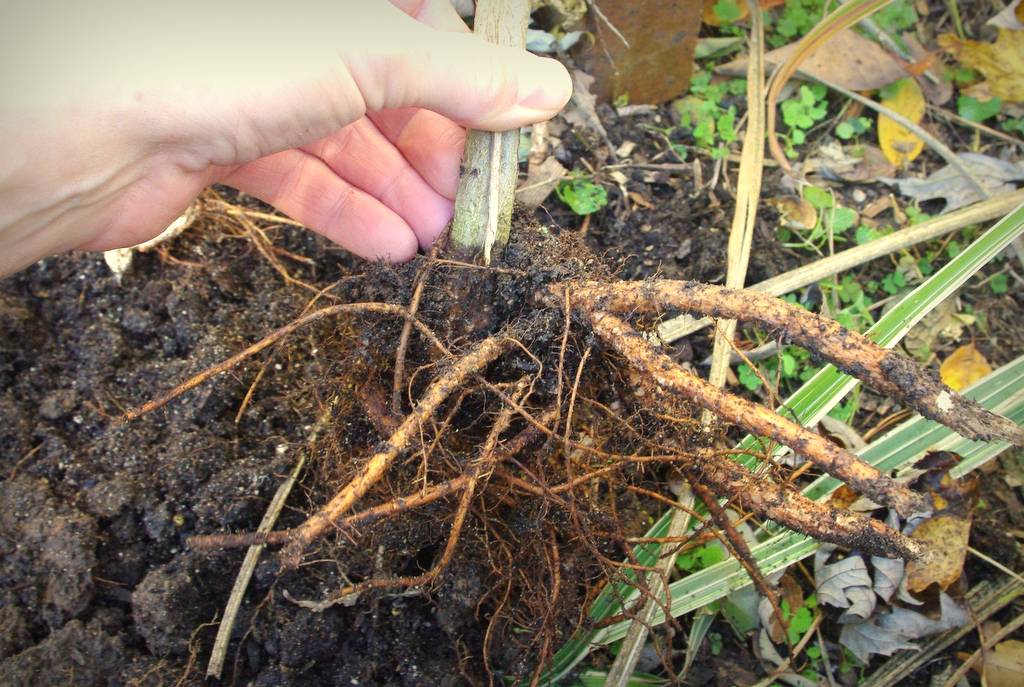
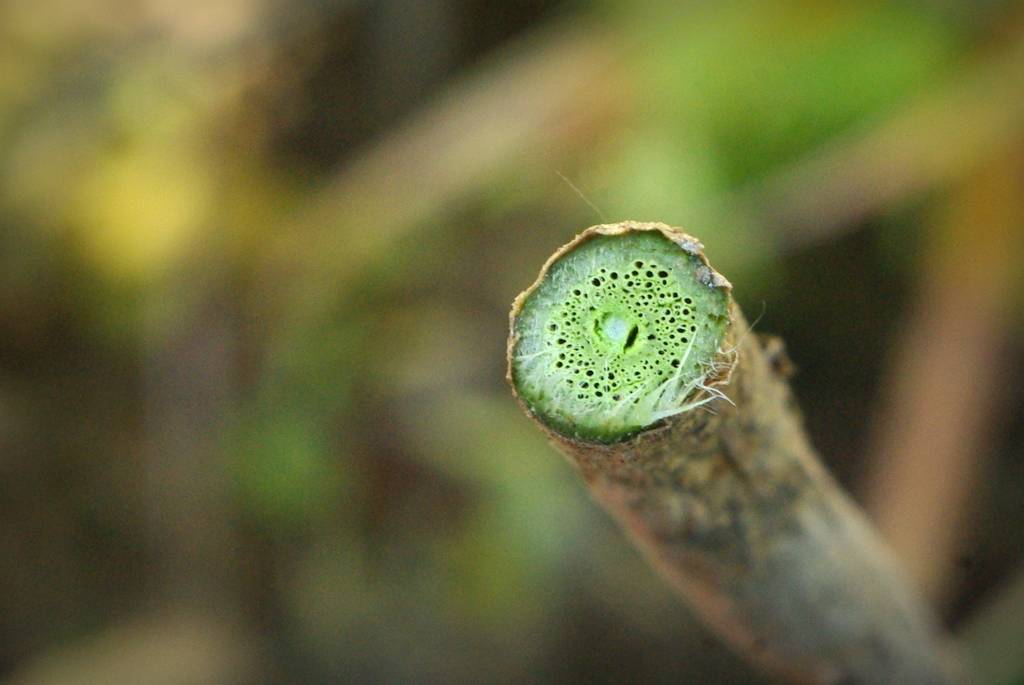
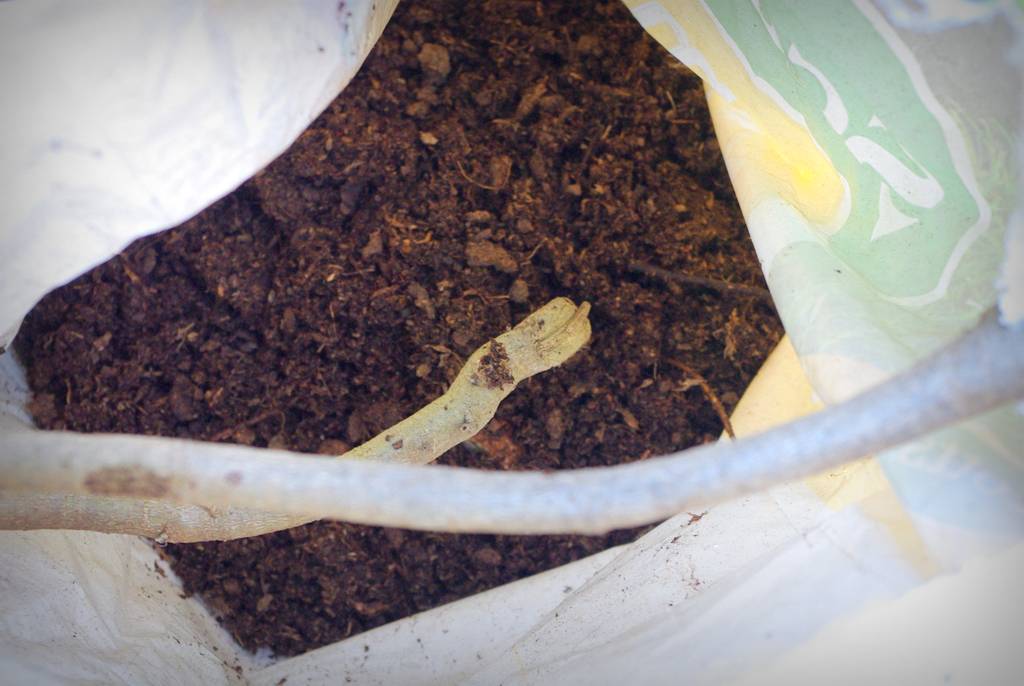




I wonder if you could take cuttings earlier in the season? But it looks like you got enough roots for the plant to be viable.
Gerhard: yes, in theory I could take cuttings earlier in the season, but it's not the first thing I think of when the first freeze is forecast. If this works it's one less "early" thing I need to think about.
Wow! Sounds a big mission to over winter plants! I am so glad that I am in AFRICA!!
I only overwinter so I don't have to buy lots of new plants every year. It's actually quite enjoyable -- I just wish I had more room!